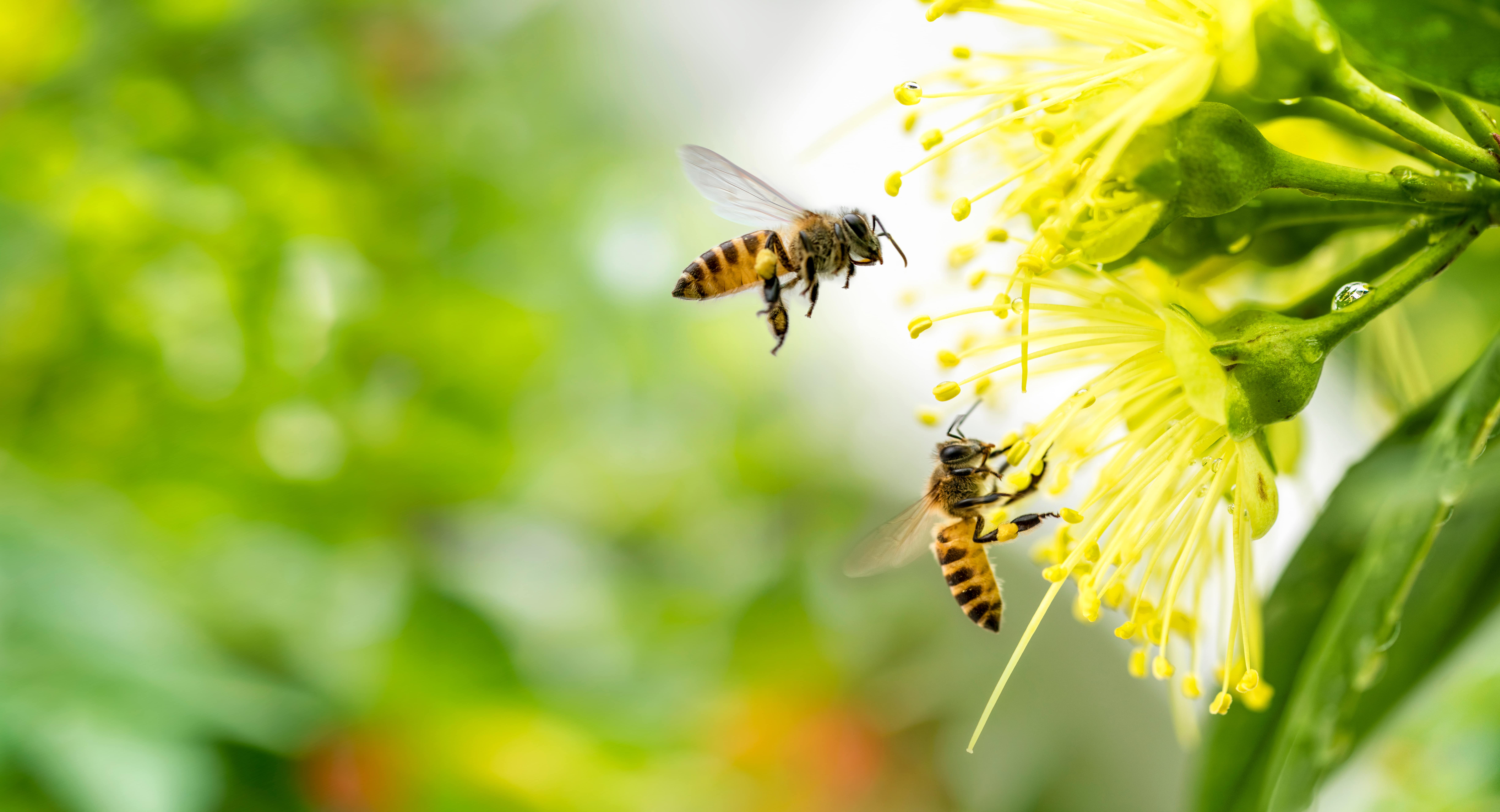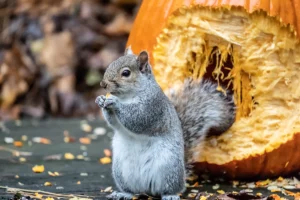Home / Blog / What Do Earwigs Eat?
What Do Earwigs Eat?
Get upto $350 Off

Scientifically reviewed by Rachel Maldonado
-Published on June 10, 2024
-Updated on August 23, 2024
What Do Earwigs Eat?
If you’ve ever spotted an earwig scuttling across your garden or into your home, you might be curious about what these tiny creatures eat (and don’t worry – it’s not people!)
Nevertheless, understanding the diet of an earwig can help you manage their presence in and around your living spaces.
This guide will take a closer look at the undeniably fascinating world of earwig eating habits – and offer some practical tips for keeping these creepy-looking critters under control.
What Exactly Are Earwigs?
Before we dive into what earwigs eat, let’s take a moment to understand what these little insects are. Earwigs (Dermaptera) are small, elongated insects with pincers at the rear of their bodies.
They’re mostly nocturnal, meaning they come out at night to find food. During the day, they seek shelter in dark, damp places like under rocks, logs, or within mulch in your garden. There are several types of earwigs, including European earwig and ringlegged earwig.
The name is partially what makes these pests so spooky – the name comes from the Old English superstition that earwigs enter our ears at night and burrow into our brains to lay eggs. That’s completely not true – but certainly is nightmare-inducing!
Earwigs might definitely look intimidating with their pincers, but they don’t pose any real threat to humans. However, they can become a nuisance in gardens as they feed on plants, flowers, and even other insects.
The Earwig Diet: What Do They Eat?
Earwigs are omnivores, which means they eat both plant matter and other insects. Their diet can vary depending on their environment and the availability of food sources.
1. Plant Matter
Here’s a breakdown of what earwigs typically eat in the garden:
- Leaves and Flowers: Earwigs enjoy munching on the leaves and flowers of plants. They are particularly fond of decaying or tender plant material. This is why you might find them in compost piles or among fallen leaves in your garden.
- Fruits and Vegetables: Earwigs don’t just stick to leaves; they’ll also feed on fruits and vegetables. Strawberries, lettuce, and potatoes are among their favorites. If you have a vegetable garden, you might notice small holes in the leaves or fruits, which could be a telltale sign of earwig activity.
- Roots and Tubers: Some species of earwigs will burrow into the soil to feed on the roots and tubers of plants. This can cause significant damage to young plants and seedlings.
2. Other Insects
Though they generally prefer plants, earwigs may also nibble on other insects, such as:
- Aphids and Mites: Earwigs can actually be beneficial in your garden as they feed on common pests like aphids and mites. By controlling these pests, earwigs can help protect your plants from more serious damage.
- Small Insects and Larvae: In addition to aphids and mites, earwigs will consume a variety of small insects and their larvae. This makes them part of the natural pest control team in your garden ecosystem.
3. Organic Debris
Outside of plants and other insects, earwigs occasionally chow down on:
- Decaying Plant Material: Earwigs are also scavengers and will feed on decaying plant material. This includes fallen leaves, dead plants, and decomposing wood. By consuming this material, earwigs help break it down and return nutrients to the soil.
- Animal Matter: While it’s less common, some earwigs will feed on decaying animal matter, such as dead insects or small animals. This adds another level of scavenging to their diet.
How to Manage Earwig Populations
While earwigs can be beneficial by preying on other pests, they can also become a problem if their populations get too large. Here are some tips to help you manage earwig populations in your garden and home:
1. Reduce Moisture
Earwigs thrive in damp environments, so reducing moisture in and around your home can help deter them. Make sure your garden has proper drainage and avoid overwatering your plants.
Inside your home, fix any leaks and use a dehumidifier in damp areas like basements.
2. Eliminate Hiding Places
Earwigs seek shelter in dark, moist places. Remove piles of leaves, mulch, and other organic debris from your garden. Keep firewood and other materials away from the foundation of your home. Inside, seal cracks and crevices where earwigs might hide.
3. Use Natural Predators
Encouraging the presence of natural predators can help keep earwig populations in check. Birds, toads, and certain types of beetles all feed on earwigs. Creating a garden environment that attracts these predators can help control earwig numbers in a more natural way.
4. Set Traps
You can create simple traps to catch earwigs using rolled-up newspapers, cardboard tubes, or damp rags. Place these traps in areas where you’ve noticed earwig activity. In the morning, shake the traps into a bucket of soapy water to dispose of the captured earwigs.
5. Apply Natural Repellents
Certain natural repellents can help deter earwigs. Diatomaceous earth, a fine powder made from fossilized algae, can be sprinkled around the base of plants to create a barrier where earwigs won’t cross. To use, simply wait for dry weather, then sprinkle a thin layer of the powder around plants. It can also be used around doors, windows, and baseboards. It will likely take a few hours to days to be fully effective and you may need to reapply it if it gets wet.
Essential oils such as lavender, eucalyptus, and tea tree oil can also be somewhat effective when diluted and sprayed around your garden or home.
When to Call in the Professionals
If you’ve tried these methods and still find yourself dealing with a large earwig population, it might be time to call in the professionals.
Professional pest control services, like those offered by Hawx Pest Control Virginia Beach VA, can assess your situation and recommend more advanced treatments to control earwig populations. They’ll also help identify any underlying issues that might be attracting earwigs to your home or garden.
Without a doubt, understanding what earwigs eat is the first step in managing their presence in your garden or home. By knowing their dietary habits and the types of environments they prefer, you can take proactive steps to reduce their numbers and minimize any damage they might cause.
At Hawx Pest Control, we’re dedicated to helping you maintain a pest-free environment. Join our family of satisfied customers and let us take care of your pest control needs!
Related Articles
Visit our blog to learn more.
→















